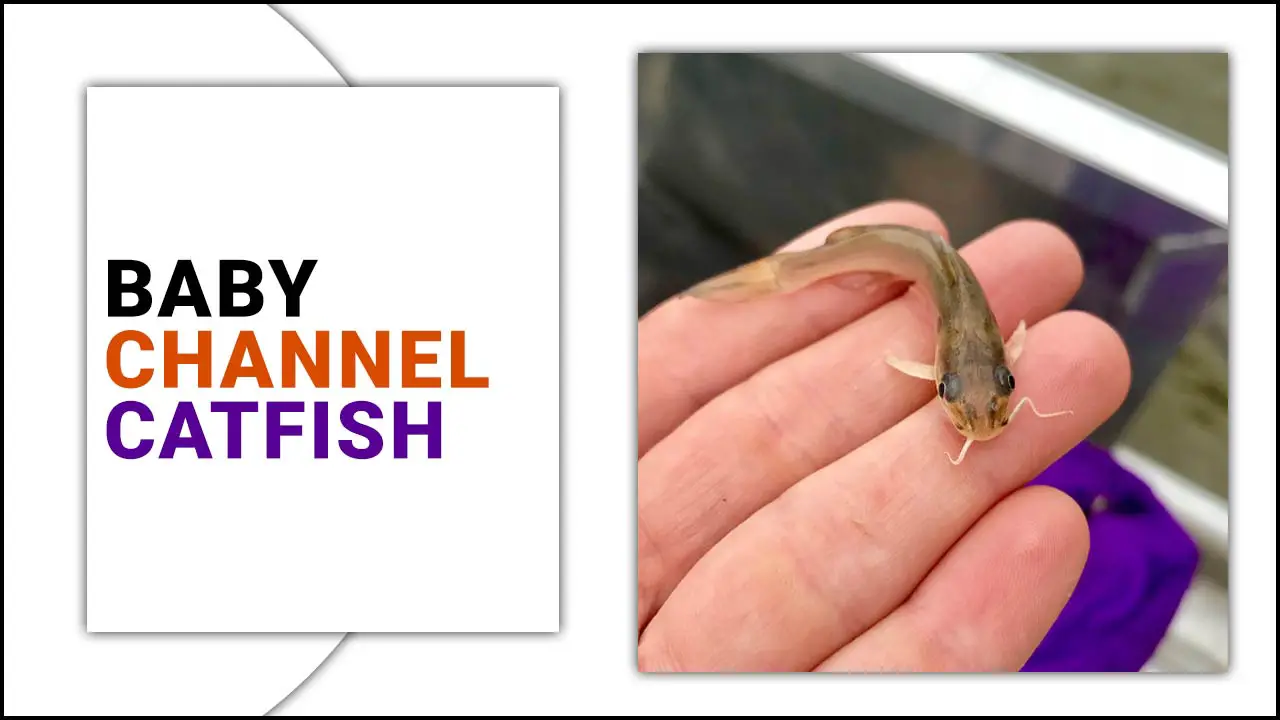As an aquarium enthusiast, purchasing a fish tank is one of your most important decisions. It is the centrepiece of your aquatic display and provides a healthy and stimulating environment for your fish and other aquatic creatures.
However, with the wide range of sizes, styles, and features available. The cost of a fish tank can quickly add up. That’s why many aquarium hobbyists wait for the annual “dollar per gallon sale” to make their purchases.
Choosing ideal tank mates such as tetras, corydoras, and gouramis is recommended to ensure compatibility. Here, we’ll estimate fish tank prices during the dollar-per-gallon sale based on the size and type of tank you want to purchase.
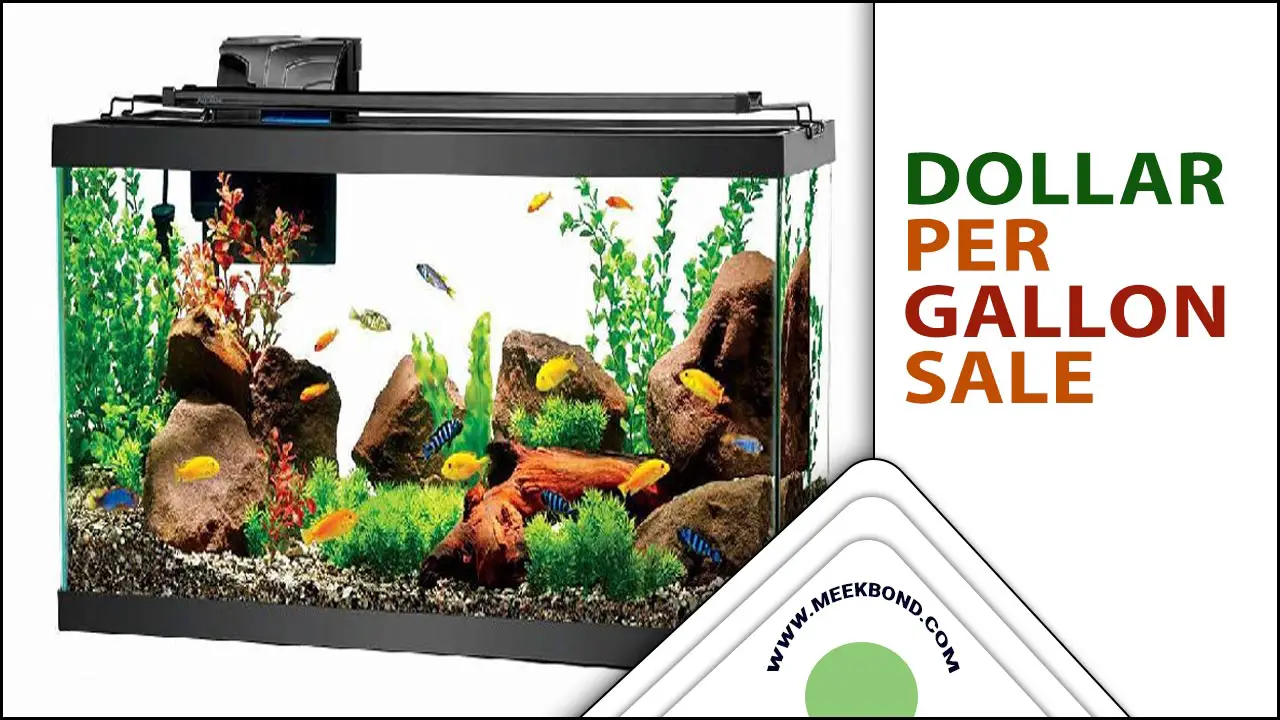
Calculating The Dollar Per Gallon Sale For Various Fish Tanks
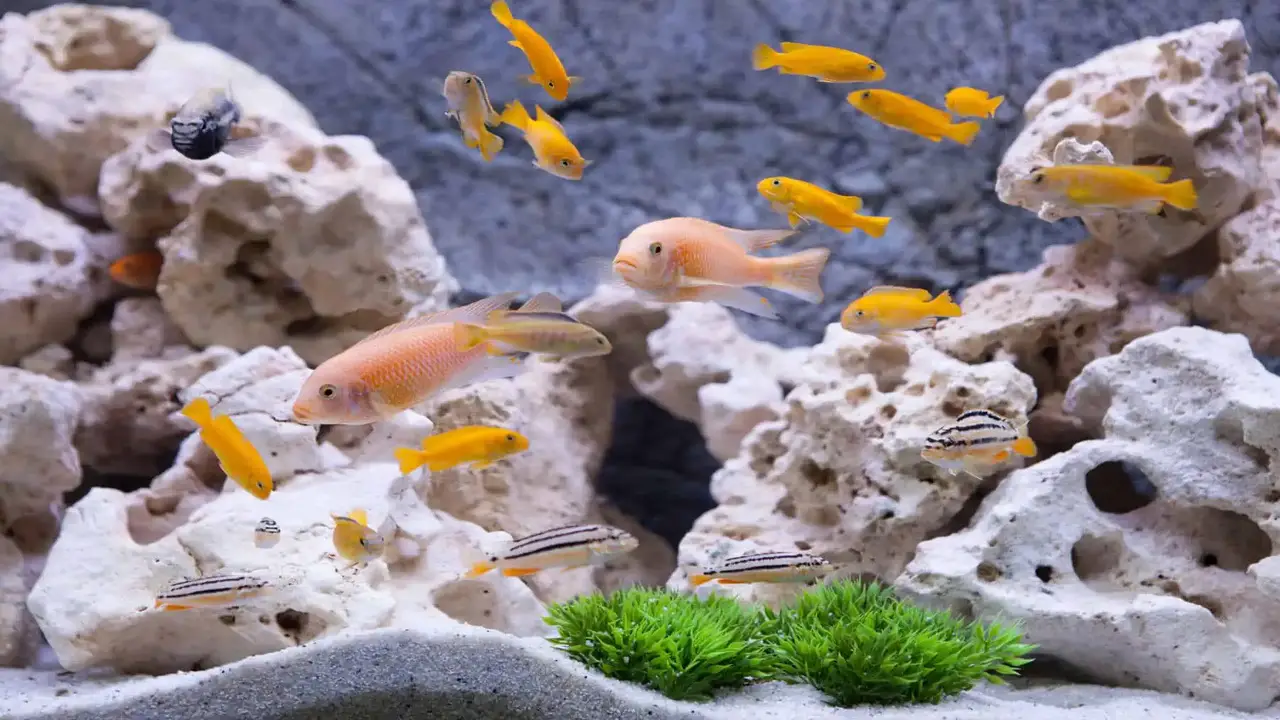
During a dollar-per-gallon sale, aquarium enthusiasts can score some great deals on fish tanks of various sizes. A dollar-per-gallon sale is simple: customers pay only one dollar for every gallon of tank capacity. This means a 10-gallon tank would cost just $10, while a 50-gallon tank would cost $50.
It’s important to note that the dollar-per-gallon sale typically applies to the tank and excludes additional equipment or accessories. However, even with this limitation. The sale provides beginner and experienced hobbyists an affordable opportunity to expand their aquatic collections. Whether you’re looking to start a new tank or upgrade your current setup. Keep an eye out for dollar per gallon sales at your local pet store or online retailer.
Understanding The Concept Of Dollar Per Gallon Sale

The concept of a dollar-per-gallon sale is a promotional event where aquariums and pet stores offer tanks at discounted prices based on their size. For example, during a dollar-per-gallon sale, a 10-gallon tank would cost only $10, a 20-gallon tank would cost $20, and so on.
This type of sale is popular among hobbyists and beginners looking to set up new aquariums or upgrade their existing ones without breaking the bank. It provides an affordable opportunity for enthusiasts to expand their aquatic collections and create beautiful underwater habitats for fish and other aquatic creatures. The tank may have a heavy discount, so remember to check. The sale price may not include additional accessories such as filters, heaters, and decorations.
How To Calculate Dollar Per Gallon For Fish Tanks
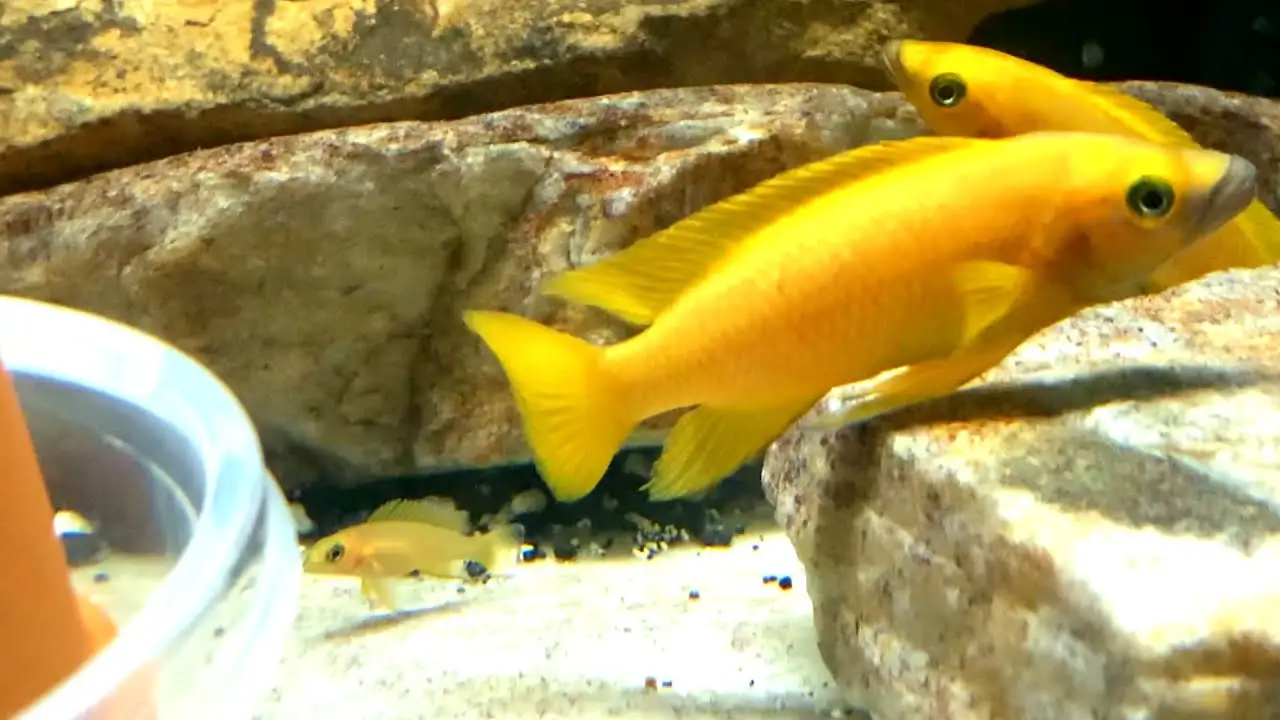
Calculating the dollar per gallon for fish tanks is a simple process. To determine the dollar per gallon, you divide the price of the fish tank by its capacity in gallons. For example, if you have a fish tank with a capacity of 50 gallons that costs $100, you would calculate the dollar per gallon by dividing $100 by 50, which gives you $2.
This calculation allows you to compare the cost of different fish tanks based on their size and determine which option offers the best value. Remember that additional costs, such as filters, lighting, and decorations, should also consider when budgeting for your aquarium setup.
Factors To Consider When Evaluating A Dollar Per Gallon Sale
When evaluating a dollar per gallon sale, there are several factors to consider. First, it’s important to determine if the sale applies to all tanks or if it is limited to specific tank sizes. This will help you assess whether the sale is applicable to your specific needs. Additionally, you should also take into account the quality of the tanks being offered.
It’s also worth considering if the sale includes additional equipment or accessories, such as filters or lights. Finally, be sure to compare prices with other retailers to ensure that you are getting the best deal possible. Considering these factors, you can make an informed decision when evaluating a dollar-per-gallon sale.
The Importance Of Tank Size And Capacity In The Calculation
During a dollar-per-gallon sale, it’s important to consider the size and capacity of the tank you are purchasing. While the sale may be enticing, choosing a tank that will adequately accommodate your fish and provide them with a healthy living environment is crucial.
Factors to consider include the number and size of fish you plan to keep and any additional equipment or decorations housed in the tank. It’s always better to err on caution and choose a slightly larger tank than you think you’ll need. This will give your fish room to swim and thrive. Happy and healthy fish are the ultimate goal, so invest in a tank to support their needs.
Examples Of Dollar Per Gallon Calculations For Different Tank Sizes
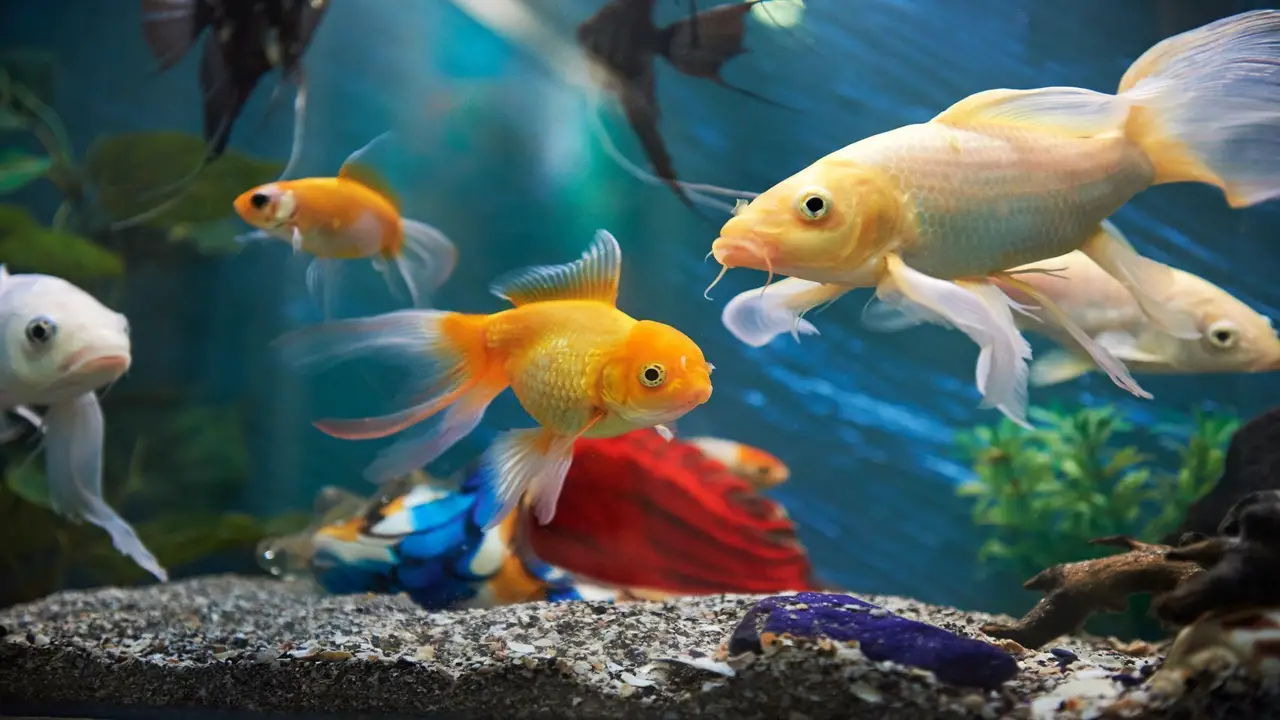
A dollar-per-gallon sale is a type of sale where the price of each gallon of gas is lowered by a certain amount each time a car is filled up. During a dollar-per-gallon sale, the cost of a gallon of a specific item is reduced to just one dollar. This type of sale can be seen in various industries and can apply to different products. Here are some examples of dollar-per-gallon calculations:
- Gasoline: If the regular price of gasoline is $3 per gallon and there is a dollar-per-gallon sale, customers would only have to pay $1 per gallon.
- Milk: If the regular price is $4 per gallon and there is a dollar-per-gallon sale, customers only have to pay $1 per gallon.
- Paint: If the regular paint price is $30 per gallon and there is a dollar-per-gallon sale, customers only have to pay $1 per gallon.
- Water: If the regular price of bottled water is $2 per gallon and there is a dollar-per-gallon sale, customers would only have to pay $1 per gallon.
These examples illustrate how a dollar-per-gallon sale can provide significant savings for consumers across various product categories.
Tips For Finding The Best Deals During A Dollar-Per-Gallon Sale
A dollar-per-gallon sale is a type in which a retailer offers a given gasoline or oil product for just one dollar per gallon, typically for a limited time or special offer. During a dollar-per-gallon sale, you can follow a few tips to find the best deals and maximize your shopping experience.
- Plan ahead: Watch for advertisements or announcements about upcoming dollar per gallon sales at your local pet stores. This will allow you to plan your purchase in advance and ensure you can take advantage of the sale.
- Compare prices: Before the sale begins, take some time to research and compare prices at different pet stores in your area. This will help you determine which store offers the best overall value during the sale.
- Stock up: Dollar-per-gallon sales are a great opportunity to stock up on aquariums of various sizes. Consider purchasing multiple tanks if you have the space and resources.
- Check for accessories: Besides aquariums, many pet stores offer discounted prices during these sales. Take advantage of these deals by purchasing your aquarium’s filters, heaters, decorations, and other necessary items.
- Be patient: These sales can be quite popular, so prepare for crowds and potential wait times. Stay calm and patient throughout the process to ensure a positive shopping experience.
Remember, dollar-per-gallon sales are a limited-time offer, so mark your calendar and take advantage of these deals while they last.
Considering Additional Costs Such As Accessories And Equipment
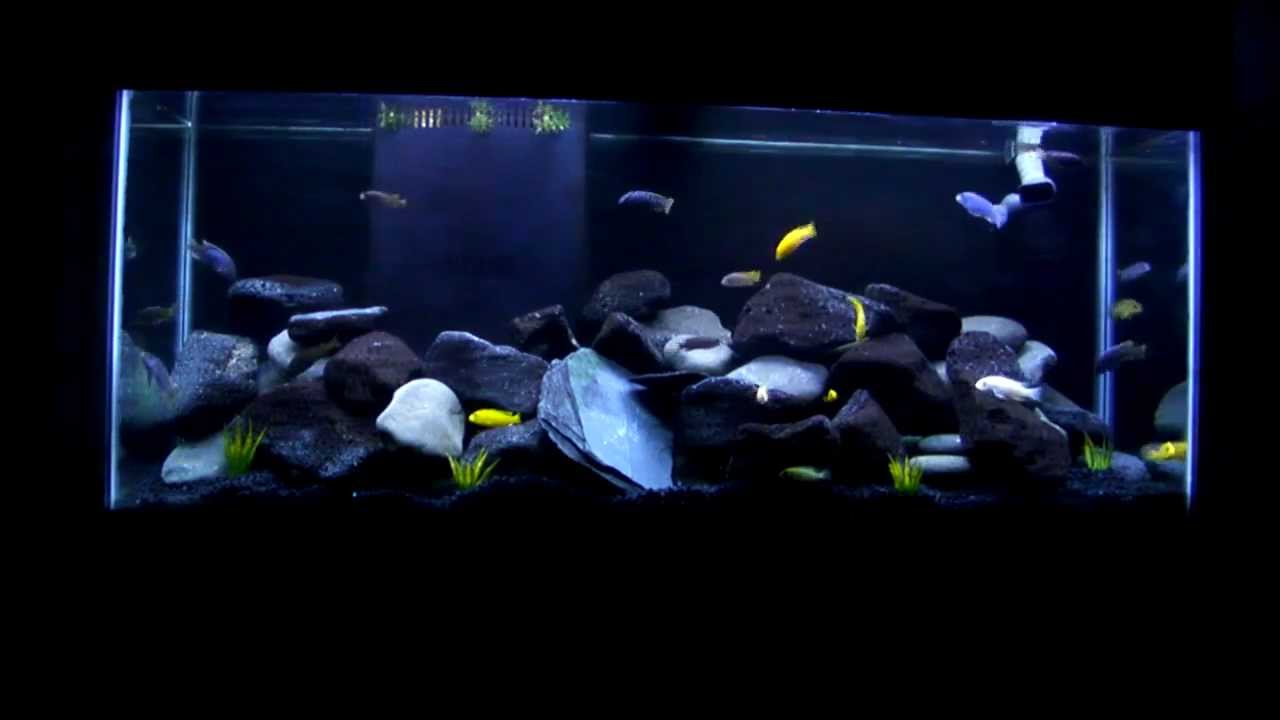
During a dollar-per-gallon sale, it’s important to consider additional costs beyond the tank. While the sale price for the tank may be incredibly enticing. It’s essential to factor in the cost of accessories and equipment to set up a functional aquarium.
This can include filters, heaters, lighting, substrate, decorations, and water conditioners. These additional expenses can quickly add up and should be considered when budgeting for your new tank. By considering all the necessary accessories and their associated costs. You can ensure that you have a complete setup that meets the needs of your aquatic pets.
Comparing Prices From Different Retailers And Online Stores
During a dollar per gallon sale, retailers and online stores offer aquariums at discounted prices based on the gallon size. This sale is a great opportunity for aquarium enthusiasts to save money on their purchases. However, comparing prices from different retailers and online stores is important to ensure you get the best deal possible.
Some stores may have additional promotions or discounts that can further reduce the cost of your purchase. Additionally, be sure to consider the quality of the aquarium and any additional accessories or equipment that may be included in the sale. By researching and comparing prices, you can make the most of a dollar-per-gallon sale and find the perfect aquarium without breaking the bank.
Taking Advantage Of Promotions And Discounts During The Sale
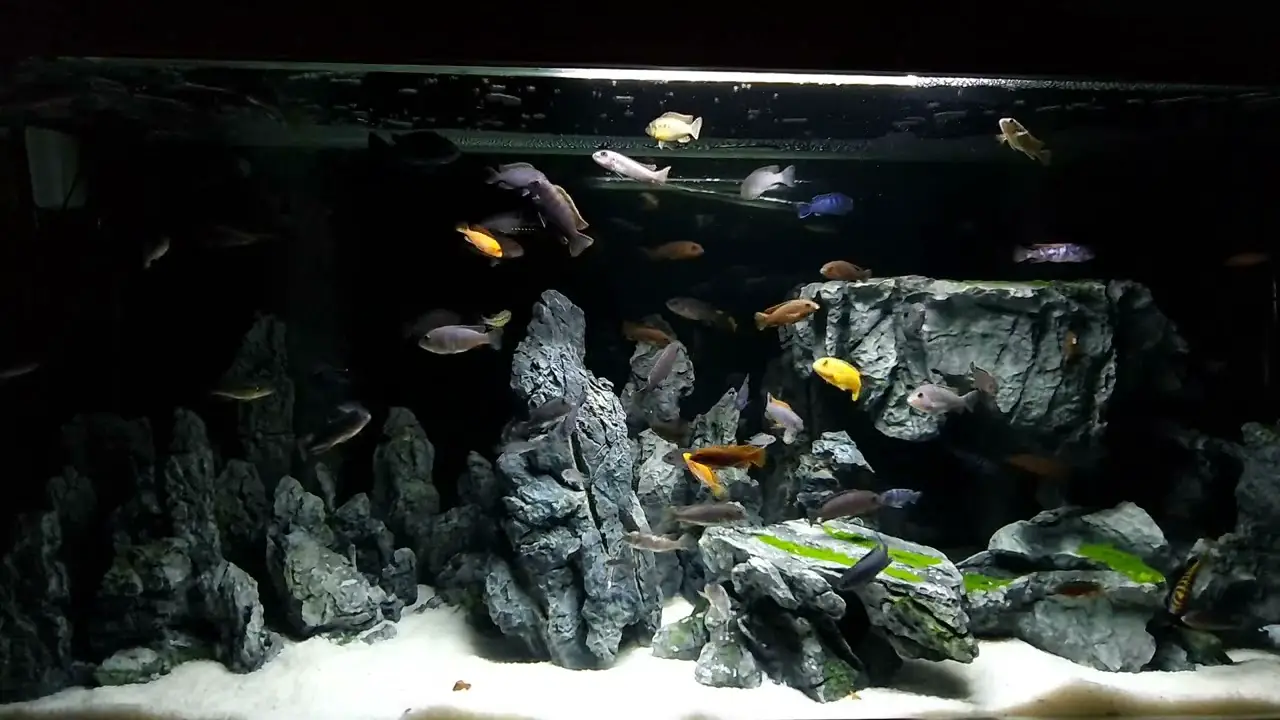
During a dollar-per-gallon sale, aquarium enthusiasts can take advantage of significant discounts on fish tanks. This type of promotion allows customers to purchase tanks based on their size for just one dollar per gallon. For example, a 20-gallon tank would cost only $20 during the sale. This is an excellent opportunity for beginner and experienced hobbyists to expand their aquatic collections without breaking the bank.
It’s important to note that while the tanks may be heavily discounted, other necessary equipment, such as filters, heaters, and decorations. Will still need to be purchased separately. So if you want to start or upgrade your aquarium setup, watch for a dollar per gallon sale at your local pet stores or online retailers.
Conclusion
When considering the purchase of a fish tank, understanding the concept of the dollar per gallon sale can help you make a more informed decision. Calculating the dollar per gallon for different tank sizes allows you to compare prices and find the best deals. However, it’s important to consider factors such as tank size, capacity, and additional costs like accessories and equipment.
Don’t forget to explore different retailers and online stores to compare prices and take advantage of promotions and discounts during the sale. By researching and considering all these factors, you can find a fish tank that fits your budget and meets your needs.
Frequently Asked Questions
How Many Fish Can I Put In A 10-Gallon Tank?
When determining how many fish can be housed in a 10-gallon tank, a general rule of thumb is to have 1 inch of fish per gallon of water. For a 10-gallon tank, this translates to approximately 10 small-sized fish, each measuring around 1 inch. However, it’s important to consider the adult size and behavior of the fish species before stocking your tank. Researching the specific needs and requirements of the fish you plan to keep is crucial for their well-being.
How Much Does It Cost To Run A Fish Tank?
Running a fish tank incurs various costs, including electricity, water conditioner, fish food, and maintenance supplies. The total expense depends on factors like tank size and type of fish. On average, maintaining a small freshwater tank can cost $20-$50 per month. Budgeting for ongoing expenses is crucial.
When Is The Next Petco Dollar Per Gallon Sale?
Petco typically holds multiple dollar per gallon sales throughout the year. The dates for the next sale may vary, so it’s best to check with your local Petco store or their website for upcoming sales. Watch for promotional advertisements or subscribe to their newsletter to stay updated on sales events.
What Are Some Ways That I Can Increase My Sales Per Gallon?
Some effective strategies to boost sales per gallon include offering discounts during special events, bundling products, providing excellent customer service, and utilizing social media and online advertising. These tactics can help increase visibility and attract a wider audience to your fish tank business.
How Do I Know If I Am Losing Money On My Dollar-Per-Gallon Sales?
To determine if you’re losing money on the dollar per gallon sales, calculate the price per gallon by dividing the total cost of the fish tank. Compare it to the average market price for similar-sized tanks and consider additional costs like accessories. Also, evaluate the tank’s quality and condition.

Aquarium passion is all about connecting with the aquatic life and providing education to the public on the importance of these creatures. We showcase a wide variety of marine life through our exhibits as well as working with schools to provide unique learning opportunities for students of all ages.




